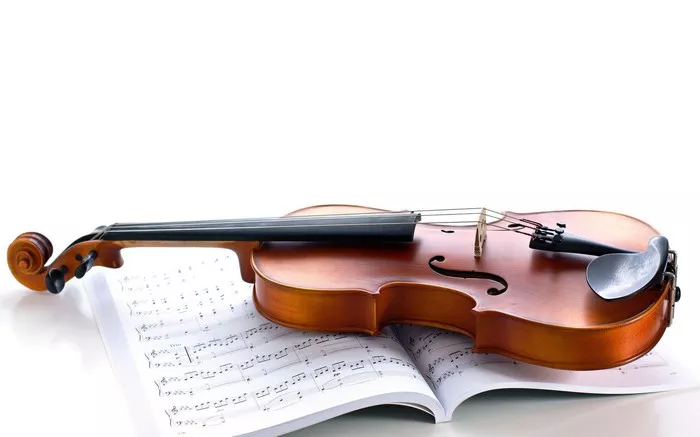The hauntingly beautiful violin solo in “Dust in the Wind” by Kansas has captivated audiences for decades. Aspiring violinists looking to embrace this classic piece face a journey into the realm of nuanced phrasing, delicate dynamics, and expressive emotion. In this comprehensive guide, we’ll explore the intricacies of playing the “Dust in the Wind” violin solo, breaking down the key elements that contribute to its timeless elegance.
Understanding the Song’s Essence
Before delving into the technical aspects, it’s crucial to grasp the essence of “Dust in the Wind.” Composed by Kerry Livgren, this iconic piece encapsulates a poignant reflection on the transient nature of life. The solo, played with simplicity and sincerity, carries the emotional weight of the song’s message. As a violinist, your interpretation should focus on conveying the bittersweet beauty and introspection embedded in the music.
Mastering Bow Control and Technique
A hallmark of the “Dust in the Wind” violin solo lies in its gentle, sustained notes that evoke a sense of longing. To achieve this, mastering bow control is paramount. Start by practicing slow, controlled bow strokes, ensuring a consistent pressure and speed. Experiment with different bowing techniques to infuse the notes with the desired expressiveness, paying attention to the subtleties of dynamics and phrasing.
Embracing Dynamic Nuances
The emotional depth of the solo is heightened through dynamic nuances. Practice crescendos and decrescendos, allowing the volume to swell and recede seamlessly. The beauty of “Dust in the Wind” lies in its ability to convey powerful emotions with restraint, so focus on creating a nuanced soundscape that mirrors the ebb and flow of life itself.
Perfecting Vibrato for Emotional Resonance
Vibrato is a key element in infusing the solo with emotional resonance. Experiment with different vibrato speeds and widths to find the right balance that complements the melancholic undertones of the piece. As you play, use vibrato strategically to emphasize poignant moments and add warmth to sustained notes.
Nailing Intonation for Clarity
Maintaining precise intonation is critical for the clarity of the solo. Pay careful attention to finger placement, especially in the higher positions. Practice scales and exercises to reinforce muscle memory and ensure accuracy. A well-tuned violin is essential, so regularly check and adjust the instrument to achieve the crisp, clear tones required for “Dust in the Wind.”
Exploring Artistic Expression
The “Dust in the Wind” solo offers ample opportunities for artistic expression. Experiment with slight variations in phrasing, emphasizing certain notes to convey personal interpretation. Don’t be afraid to let your emotions guide your playing, as the most memorable performances often stem from a genuine connection between the musician and the music.
Studying Interpretations and Cover Versions
Listening to various interpretations and cover versions of the “Dust in the Wind” violin solo can provide valuable insights. Different artists bring their unique flair to the piece, inspiring fresh ideas for your own rendition. Pay attention to bowing techniques, articulation choices, and the emotional nuances each violinist incorporates, allowing these variations to influence your own approach.
Developing a Connection with the Audience
As you progress in mastering the technical aspects of the solo, focus on developing a connection with your audience. The beauty of “Dust in the Wind” lies in its ability to evoke shared emotions and experiences. Infuse your performance with authenticity, inviting listeners to join you on a contemplative journey through the music.
Recording and Self-Evaluation
Recording your practice sessions and performances is a valuable tool for self-evaluation. Listen attentively to identify areas for improvement, noting dynamics, intonation, and overall emotional conveyance. Regularly reviewing recordings allows you to track your progress and refine your interpretation of the “Dust in the Wind” solo over time.
See Also: The Prices Range of New Violin Bows: A Quick Guide
Conclusion
Mastering the “Dust in the Wind” violin solo is a journey that goes beyond technical proficiency. It requires an intimate understanding of the music’s emotional depth and a commitment to conveying its poignant message. As you navigate the intricacies of bow control, dynamics, vibrato, and intonation, remember that your interpretation is a personal expression of the timeless beauty embedded in this classic piece. Embrace the elegance of the solo, and let your violin sing the haunting melody that has resonated with audiences for generations. In doing so, you not only master a piece of music but also contribute your voice to the enduring legacy of “Dust in the Wind.”


